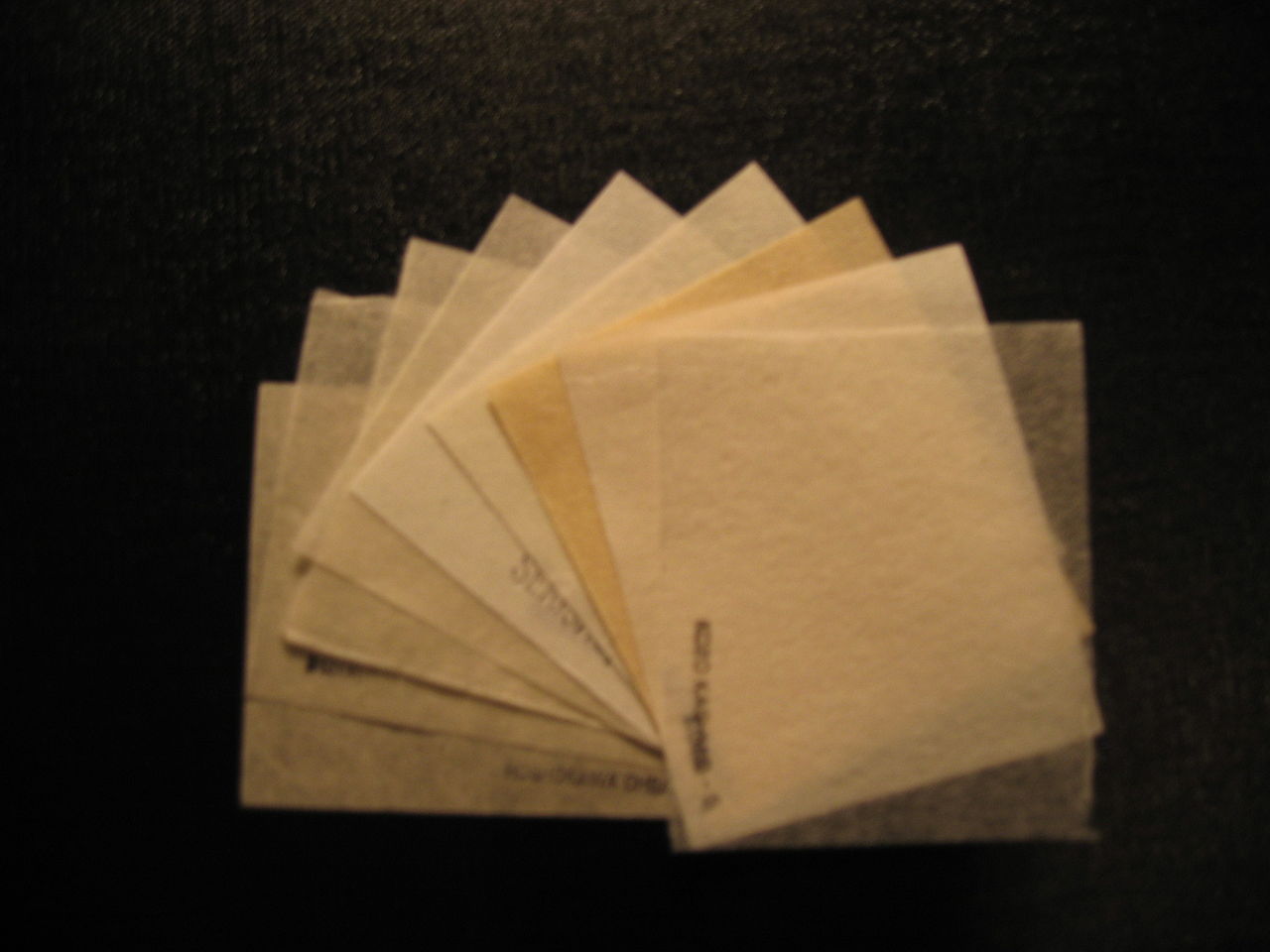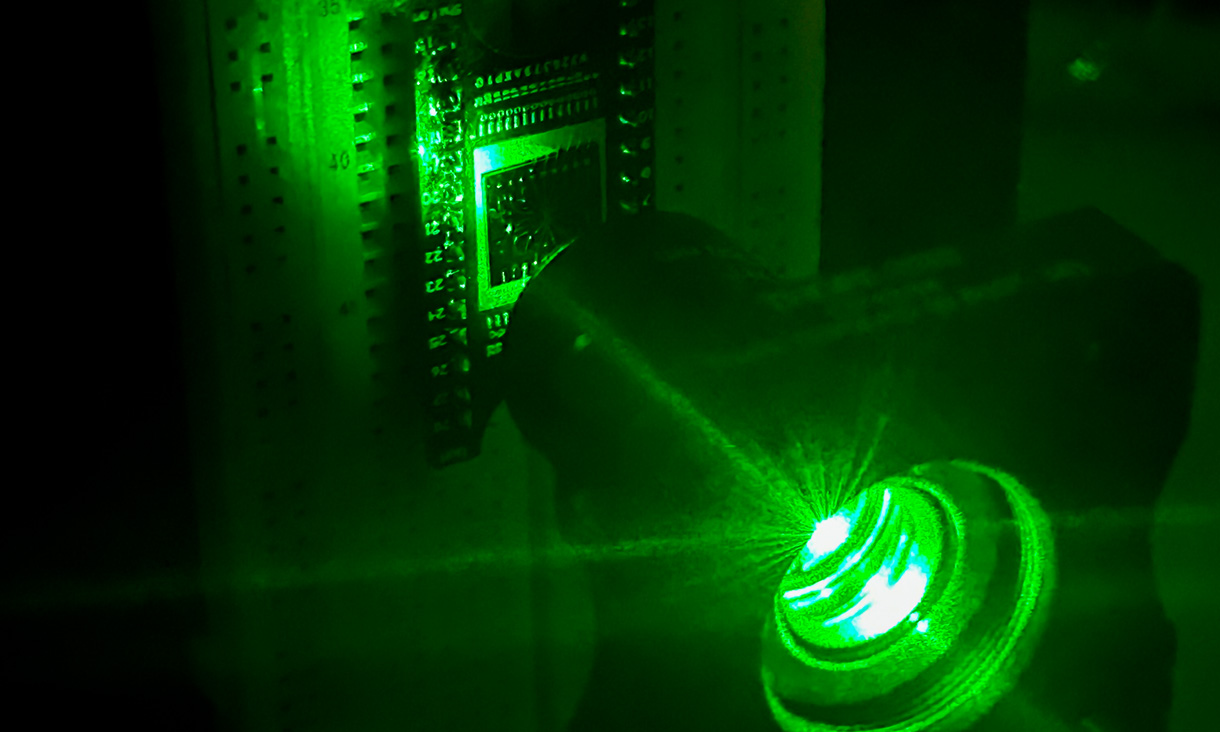A small family business in Japan has been making the world’s thinnest paper using 1,000-year-old methods. The paper is only 0.02 millimeters thick which is as thin as human skin. A paper sheet has a size of one square meter and it weighs only 1.6 grams which is less than a one cent Euro coin.
The paper is internationally recognized as good paper for restoration of cultural properties
Founded in 1969, Japanese specialist paper manufacturer Hidaka Washi Ltd supplies this paper to the museums and libraries around the world to restore and protect paintings, books and works of art.
If a document or artwork is not preserved in ideal conditions, the fibers of the paper become very weak. Washi helps to strengthen the damaged paper and prevents further wear and tear.
How the transparent and flexible Washi is made by hand?
Traditional Japanese paper or “Washi” is obtained from the fiber of the paper mulberry. The plant is boiled and left to ripen for two weeks. Resultant mass is then washed and beaten-up to soften the fiber. After that it is bleached and the finer fiber is separated from the thicker by hand. Finally, the mass is then flattened in a paper machine, resulting in the delicate Washi.
Watch the video below to see how the thinnest paper in the world is created







